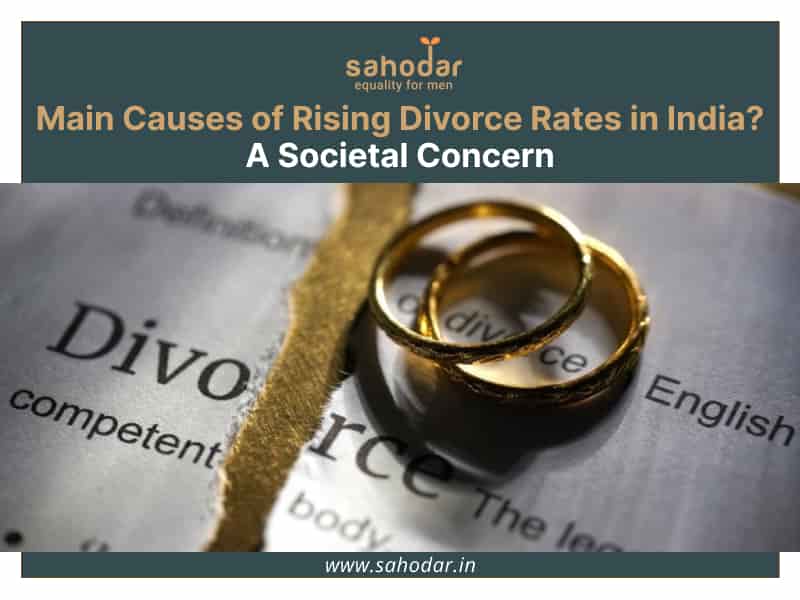In recent years, Rising divorce rates in India has emerged as a significant societal concern. Traditionally, marriage in India has been considered a sacred bond, deeply rooted in cultural and religious values. However, the changing dynamics of modern society have led to a substantial rise in divorces, to the extent that it is now referred to as a burgeoning “industry.” This trend is troubling, as the institution of marriage plays a pivotal role in shaping the moral, emotional, and social fabric of society, especially through its impact on children, who represent the future of the nation.
Marriage has historically been regarded as a cornerstone of stability and support, providing a nurturing environment for children. Within this framework, children learn essential values such as compassion, compromise, and commitment. A stable family unit often serves as the foundation for their emotional and psychological well-being. However, the increasing rates of divorce disrupt this stability, leading to numerous challenges for children. Emotional distress, academic difficulties, and social alienation are common consequences for children caught in the crossfire of parental separation. These issues can have long-term repercussions, affecting their ability to form healthy relationships and achieve personal and professional success.
As a society, we must recognize the potential long-term consequences of this trend and take proactive steps to address it.
One of the primary factors contributing to the rise in divorces is the shift in societal attitudes and expectations. Urbanization, increased financial independence, and changing gender roles have led to evolving perceptions of marriage. While these changes have empowered individuals, they have also introduced challenges such as unrealistic expectations, communication gaps, and an inability to adapt to differences. For instance, the increasing emphasis on individualism and personal fulfillment has sometimes overshadowed the collective ethos of compromise and mutual respect that traditionally underpinned marital relationships.
The growing influence of social media and popular culture has further contributed to the normalization of divorce. Often, these platforms portray divorce as a quick and convenient solution to marital discord, rather than encouraging conflict resolution and mutual understanding. This narrative, while empowering in certain contexts, can also undermine the importance of working through challenges and building resilience in relationships.
Another critical aspect to consider is the role of external entities such as legal services, counseling agencies, and media narratives. The commercializing of marital disputes through aggressive marketing of legal and counseling services raises questions about the motives behind this trend. Are these entities genuinely focused on resolution and reconciliation, or are they capitalizing on the vulnerabilities of distressed couples? The framing of divorce as a convenient solution may inadvertently discourage couples from seeking reconciliation, thus perpetuating the cycle of marital breakdowns.
As a society, it is imperative to promote the values of commitment, empathy, and communication in relationships. Educational programs, premarital counseling, and accessible support systems can play a vital role in strengthening the institution of marriage. Schools and community organizations can introduce workshops and seminars that emphasize the importance of emotional intelligence and conflict resolution. Additionally, fostering a culture that values family cohesion and resilience can help counter the narrative that divorce is the default response to marital challenges.
By addressing the root causes of marital discord and creating robust support systems, we can mitigate the adverse effects of rising divorce rates. It is essential to strike a balance between empowering individuals and preserving the sanctity of marriage as a social institution. Through collective effort, we can ensure a healthier and more stable environment for future generations, safeguarding the emotional and social fabric of our society.


False allegations and false cases by girls close the doors of any reconciliation and end up in divorce.